Description
Introduction
Corrosion monitoring is an essential practice in various industries to ensure the durability, safety, and longevity of crucial components, facilities, industrial materials, and plants. It involves measuring the corrosivity of process stream conditions by using probes inserted into the process stream, continuously exposed to the process stream condition. These probes can be mechanical, electrical, or electrochemical devices.
In this article, we will discuss the significance of corrosion monitoring, the types of corrosion monitoring systems available, and introduce EMT’s corrosion monitoring products designed to offer superior safety management and preventive maintenance.
The Importance of Corrosion Monitoring
Corrosion monitoring is vital as it helps identify the rate, location, and underlying causes of corrosion. Through this monitoring, non-conforming alloy components can be identified, as these are typically susceptible to hastened corrosion, which could lead to catastrophic failure.
The practice of corrosion monitoring brings to the table a host of advantages, particularly in the realms of safety management and preventive maintenance. In the interest of safety and efficient operation, these advantages cannot be understated.
One of the key benefits lies in the powerful data that this practice provides. This data is invaluable, offering a wealth of insights into the condition of industrial assets. By analyzing this information, industries can make well-informed decisions that have far-reaching implications.
For instance, the data can be used to accurately estimate the remaining lifespan of an object. This allows for robust planning and resource allocation, ensuring that potential issues can be addressed before they result in failure or interruption to operations. But the benefits don’t stop there.
Another critical application of the data is in the domain of life extension techniques. By understanding the rate and pattern of corrosion, steps can be taken to slow down the process and prolong the life of the asset. This isn’t just about keeping the asset operational for longer; it’s about optimizing the use of resources and ensuring that every asset gives the best possible return on investment.
Moreover, the data can guide industries in devising cost-effective strategies to combat corrosion-related problems. This is crucial because, while addressing corrosion is important, it’s equally important to do so in a way that is financially viable. By identifying the most cost-efficient measures, industries can ensure that they are not just solving the problem, but doing so in a way that makes the best economic sense.
Types of Corrosion Monitoring Systems
There are various types of corrosion monitoring systems available, each with its unique features and benefits. Some common types include:
Electrical Resistance Monitoring: This technique measures the change in electrical resistance of a metal specimen as it corrodes. The principle is simple: as metal corrodes, its thickness decreases, increasing its electrical resistance. By monitoring the change in resistance, corrosion loss, and corrosion rate data can be obtained
Electrochemical Monitoring: This method involves measuring electrochemical properties, such as corrosion potential and polarization resistance, to determine the corrosion rate of a metal specimen.
Mechanical Monitoring: This technique uses mechanical probes, such as stress and strain gauges, to monitor changes in material properties due to corrosion.
EMT’s Corrosion Monitoring Solutions
EMT offers a range of corrosion monitoring systems designed to provide comprehensive monitoring of critical components and facilities. Here, we introduce three of EMT’s products:
EMT-CIPA Welding Connection Corrosion Monitoring: This system features a 2-inch welded connection, designed for operating temperatures between -20°C and 120°C. It can handle a maximum pressure of 2000 PSI.
EMT-CIPA Flange Connection Corrosion Monitoring: This solution comes with a 2-inch ANSI flange connection and has a design temperature range of -20°C to 120°C. It offers various pressure ratings, including 150LB, 300LB, 600LB, 900LB, 1500LB, and 2500LB.
EMT-RCC Retractable Corrosion Monitoring: This retractable system can be configured with a 2-inch welded or 2-inch ANSI flange connection. It is designed for temperatures between -20°C and 120°C and has a maximum pressure rating of 2000 PSI. Additionally, it can be configured for various pressure ratings, such as 150LB, 300LB, 600LB, 900LB, 1500LB, and 2500LB.
These corrosion monitoring systems are designed to provide accurate and reliable corrosion measurements for various industrial applications, ensuring enhanced safety and maintenance.
Conclusion

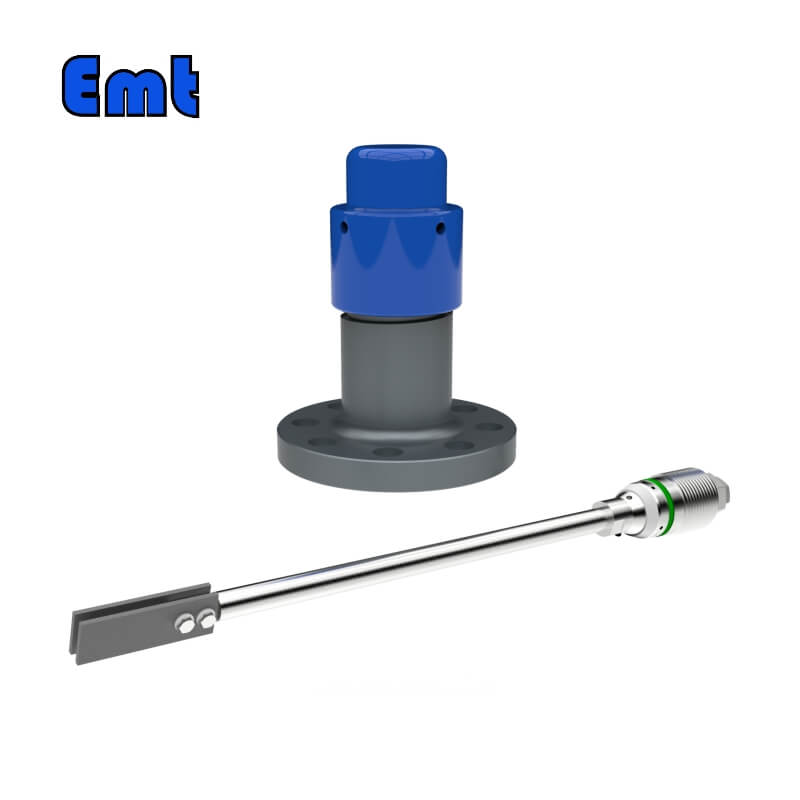
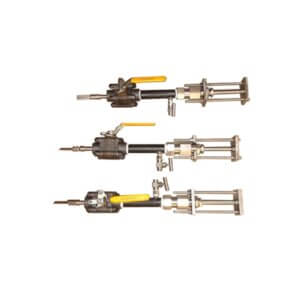
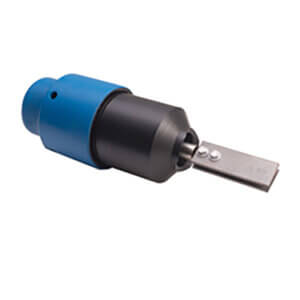
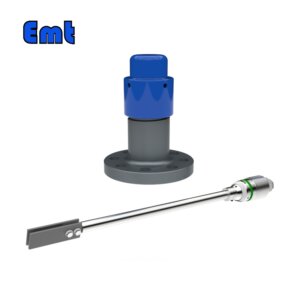
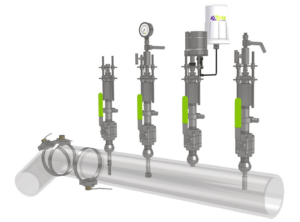
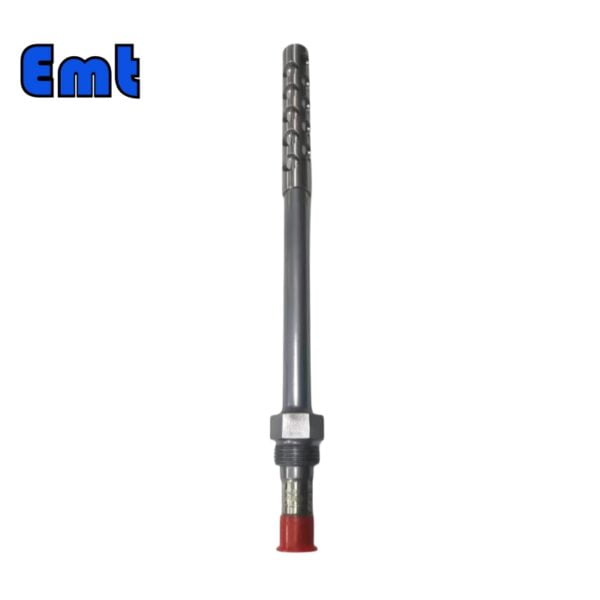
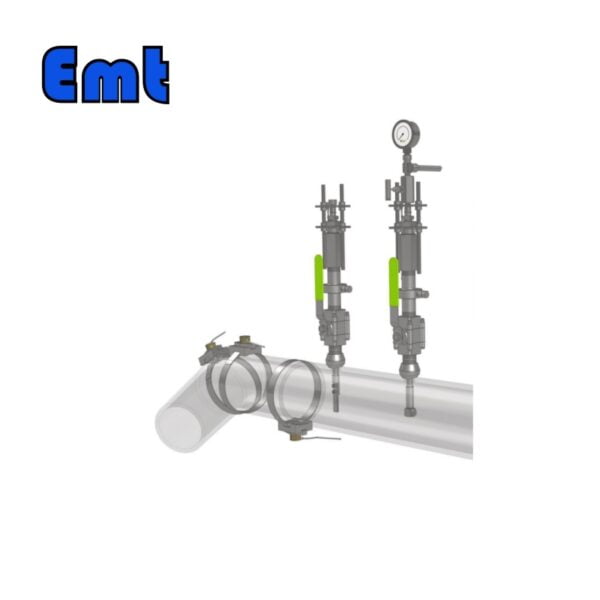
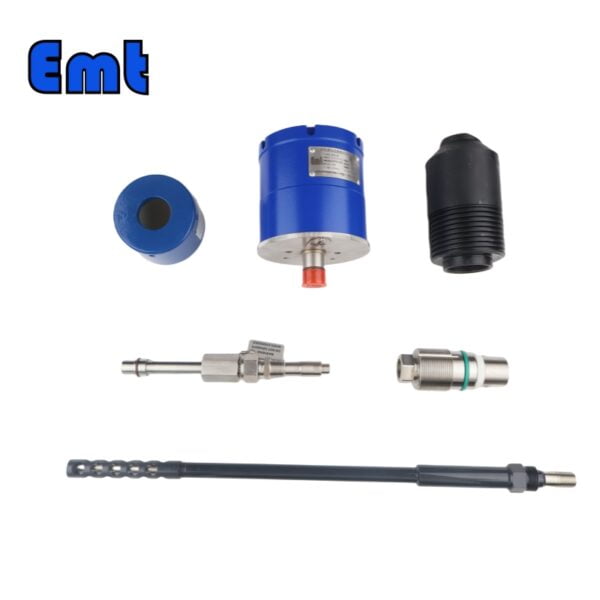
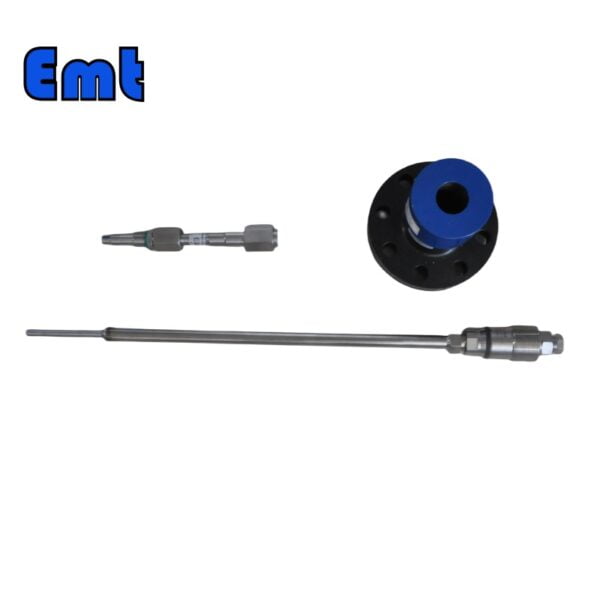
Reviews
There are no reviews yet.